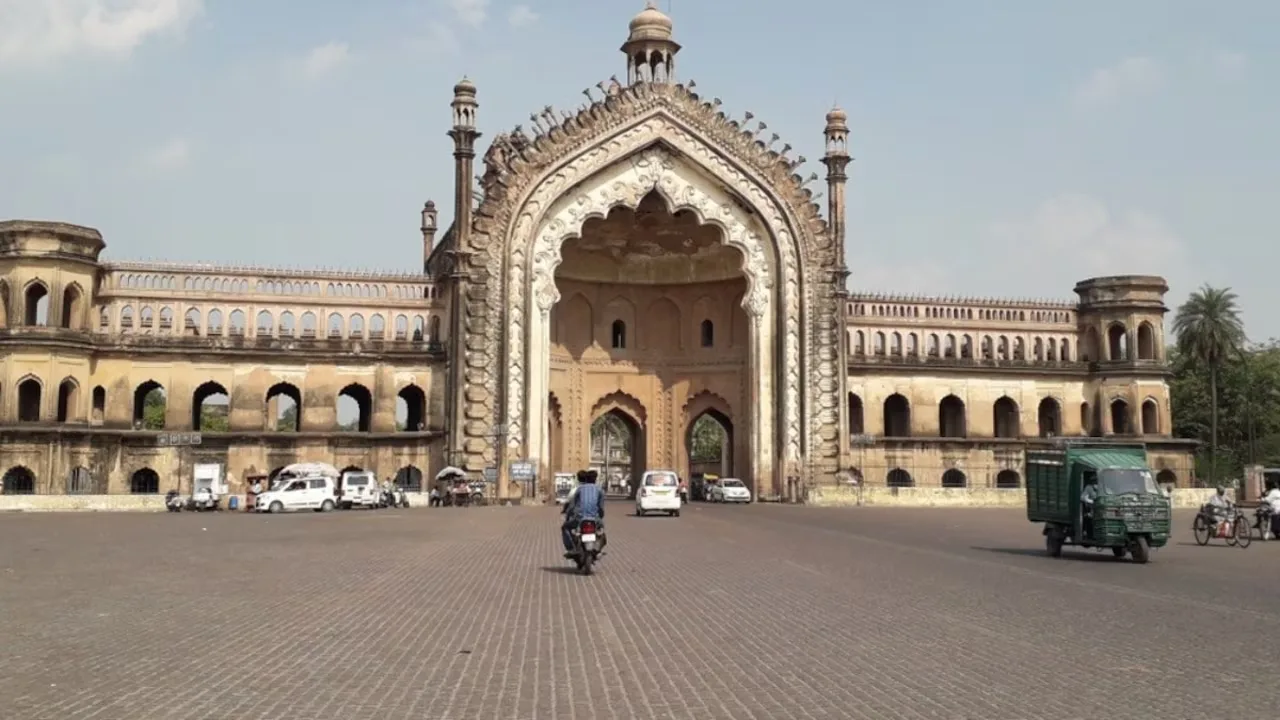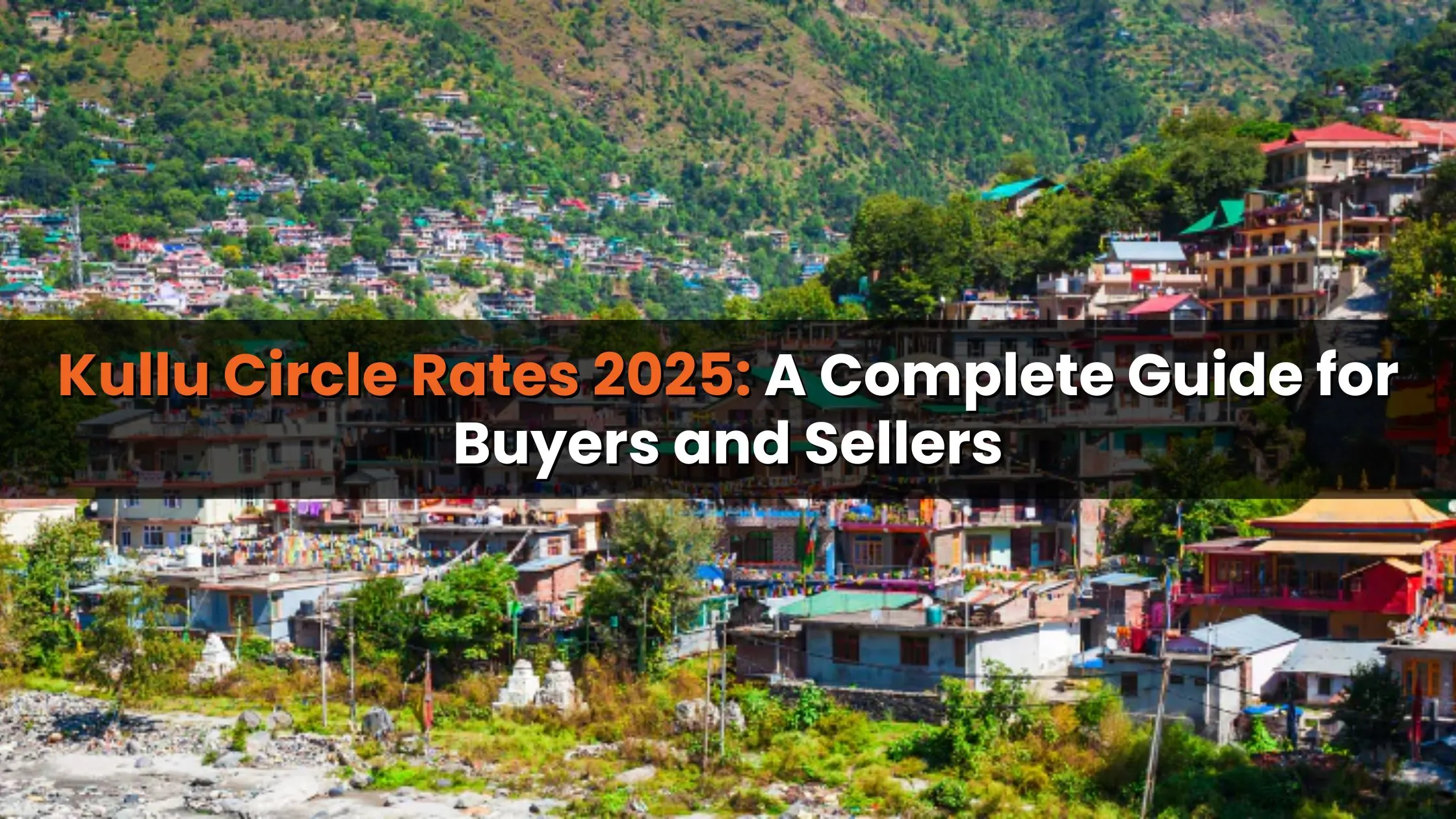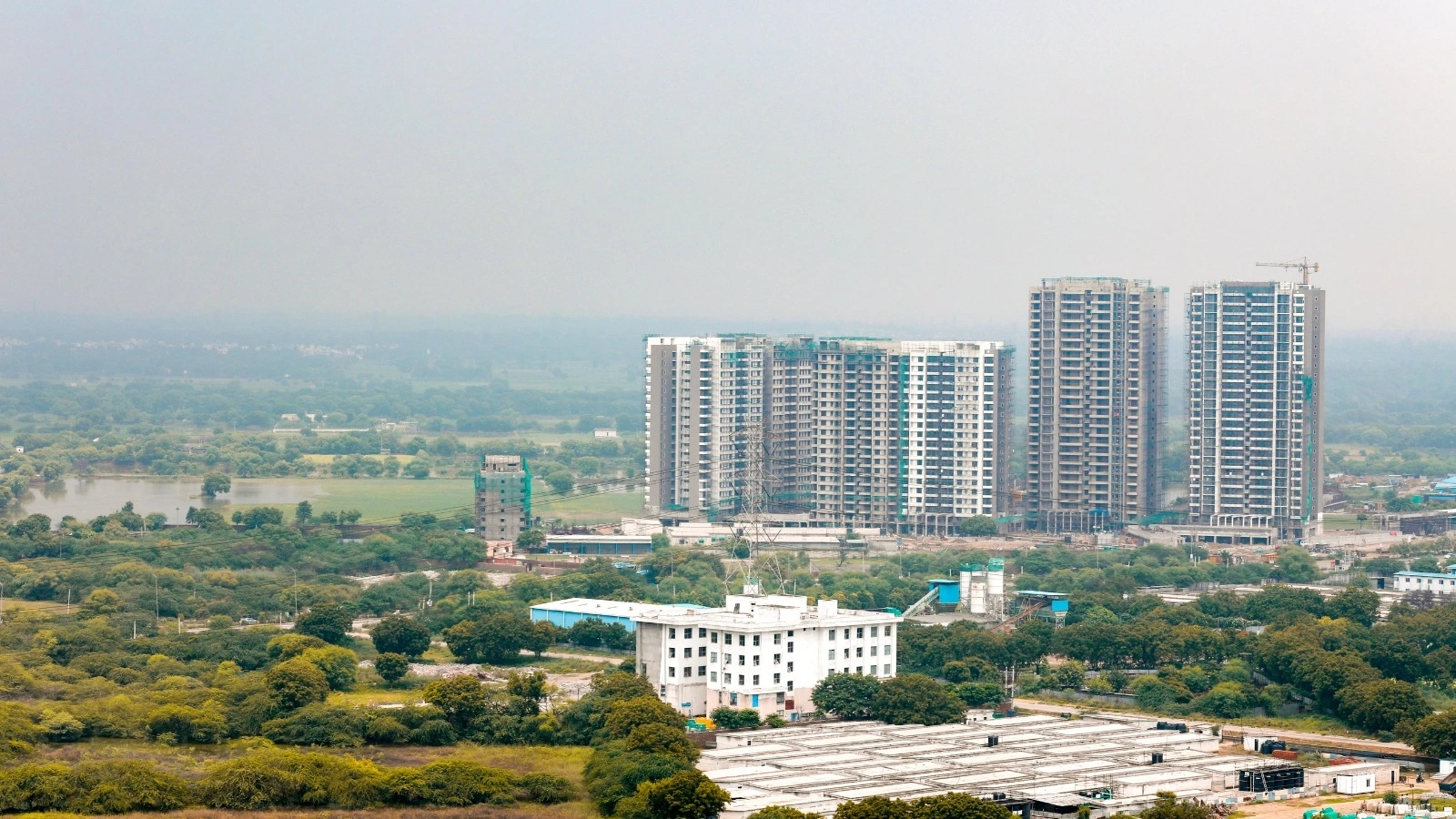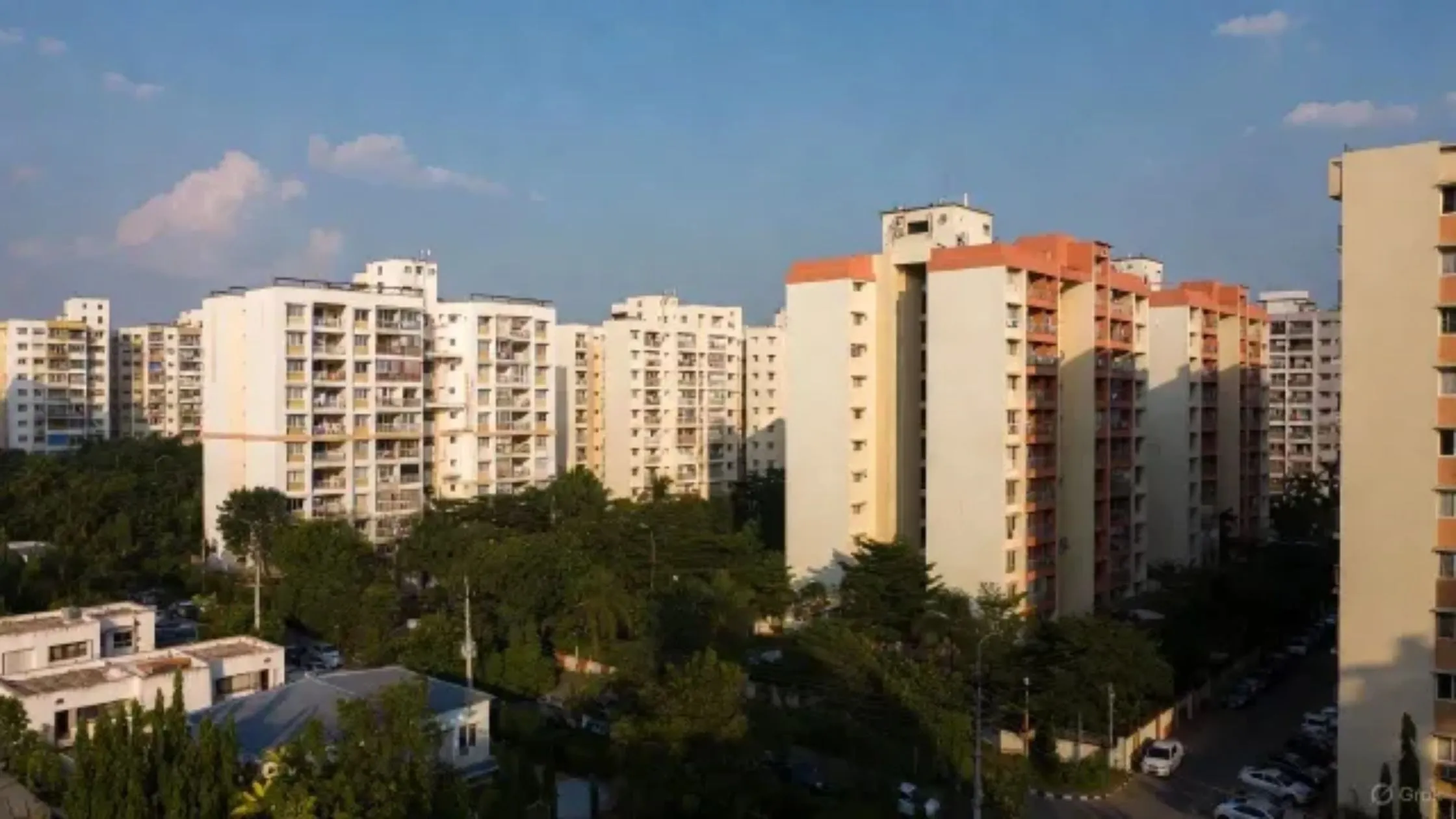Table of Content
The Delhi government is considering a major revision of property valuation norms, including the possible introduction of an ‘A+’ property category for the city’s most prestigious zones such as Lutyens’ Delhi. The move is part of a broader review of Delhi circle rates for Lutyen’s area and farmhouses, which could bring long-awaited transparency and alignment between official and market property values.
Officials confirmed that this review, the first since 2014, aims to correct long-standing valuation mismatches and boost government revenue through more accurate stamp duty collections.
Why Delhi Needs a Circle Rate Revision
Circle rates, often referred to as the minimum value at which a property can be registered, are crucial for determining stamp duty and registration fees. However, in Delhi, these rates have long been significantly lower than actual market prices, particularly in upscale neighborhoods.
This gap has encouraged partial cash transactions in property deals, resulting in revenue loss for the government and distorted valuations across the real estate ecosystem. A comprehensive revision of Delhi circle rates for Lutyen’s area would help address these inefficiencies while ensuring fairer taxation and greater transparency in property registration.
Also Read: Pune Real Estate Market Up 23% YoY in Sept 2025, Stamp Duty Collections Rise 3%
Proposal for a New ‘A+’ Property Zone in Lutyens’ Delhi
Among the key recommendations under review is the creation of an ‘A+’ property zone a new classification for ultra-premium localities in the capital. This category would include some of the most exclusive addresses in India, such as Amrita Shergil Marg, Prithviraj Road, Dr. APJ Abdul Kalam Road, Tughlaq Road, Golf Links, and Jor Bagh.
Real estate experts say these areas command open-market prices ranging from ₹12 lakh to ₹15 lakh per sq. m, well above the rates applied to existing ‘A’ category properties. Suggestions have been made to fix the new ‘A+’ circle rate around ₹10 lakh per sq. m, bringing greater parity between market and official values.
Such a revision could set a new benchmark for Delhi circle rates for Lutyen’s area, accurately reflecting the city’s luxury real estate segment and curbing under-reporting of property transactions.
Overhaul of Farmhouse Circle Rates
Another focus area of the review is the valuation of farmhouse properties, many of which have seen exponential appreciation as Delhi’s urban sprawl expands. Currently, farmhouse circle rates are applied based on agricultural land classification, an outdated approach that no longer aligns with the real market scenario.
Rates presently range from ₹54 lakh to over ₹30 crore per acre, depending on location, but this variation fails to reflect consistent pricing benchmarks. Industry experts have recommended zone-based differentiation, where farmhouse rates are aligned with proximity to urban areas and infrastructure connectivity.
Revising these values will not only plug revenue leakages but also create a more realistic, transparent framework for property valuation, a critical component of updating Delhi circle rates for Lutyen’s area and adjoining zones.
Biennial Reviews and Data Transparency Proposed
In addition to revising existing circle rates, stakeholders have suggested biennial reviews to ensure property valuations remain aligned with market dynamics. Currently, the long gap between updates (the last revision was in 2014) has rendered the framework obsolete in many areas.
The proposals also emphasize data transparency, urging the government to make valuation methodologies and review outcomes publicly accessible. A stakeholder committee, comprising real estate professionals, legal experts, and public representatives, has been proposed to maintain accountability in future rate assessments.
These measures, if implemented, could transform how Delhi circle rates for Lutyen’s area are set, reviewed, and communicated reinforcing trust among investors, developers, and homebuyers.
Expert Insights: Boosting Transparency and Market Alignment
Industry leaders have welcomed the government’s move, calling it a timely step toward restoring balance in the capital’s property ecosystem.
Amit Goyal, Managing Director of India Sotheby’s International Realty, said, “The creation of an A+ category and a rationalized rate structure across categories A–H will modernize Delhi’s valuation framework and align it with current market realities. It will lead to greater compliance, transparency, and enhanced revenue efficiency.”
Echoing this sentiment, Anshuman Magazine, Chairman and CEO, CBRE India, South-East Asia, Middle East & Africa, said, “The Delhi government’s decision to review circle rates is long overdue. Bringing notified rates closer to market values will boost confidence among homebuyers, investors, and developers alike.”
These expert insights highlight a broader consensus that Delhi circle rates for Lutyen’s area must evolve to reflect ground realities, ensuring fairness and efficiency in property transactions.
Also Read: Godrej Properties Gets RERA Approval for Worli Project’s First Phase
Legal and Structural Gaps in the Current System
Legal professionals have pointed out critical shortcomings in the existing framework. The Prevention of Undervaluation Rules, which govern circle rate calculations, lack practical market-based parameters.
According to real estate lawyer Gaurav Gambhir, “The structural guidelines for determining circle rates are outdated and fail to consider prevailing market trends. A restructured framework incorporating real-time market data is essential.”
Addressing such structural gaps through this review could ensure that Delhi circle rates for Lutyen’s area are calculated more scientifically, based on empirical data rather than static benchmarks.
Conclusion
The Delhi government’s initiative to reassess circle rates, including the creation of an ‘A+’ property category and a revised farmhouse valuation system, marks a crucial turning point for the city’s real estate sector.
With biennial reviews, greater data transparency, and expert-led oversight, this reform could bring long-overdue modernization to property valuation in the capital. For Delhi circle rates for Lutyen’s area, in particular, the update could bridge the long-standing gap between official and market values, enhancing investor confidence, boosting state revenue, and ensuring a fairer, more transparent real estate ecosystem.
As Delhi prepares for this regulatory shift, all eyes are on how the new framework could redefine property pricing and transparency standards across India’s most coveted addresses.

_1761641065.webp)









Ans 1. Circle rates, also called ready reckoner rates, are the minimum property values at which a transaction can be registered. They determine stamp duty and registration fees and help ensure fair taxation.
Ans 2. The review aims to correct long-standing mismatches between official circle rates and actual market prices, enhance transparency, curb undervaluation, and increase government revenue through more accurate stamp duty collections.
Ans 3. The ‘A+’ zone would classify ultra-premium addresses in Lutyens’ Delhi, including streets like Amrita Shergil Marg, Prithviraj Road, Dr. APJ Abdul Kalam Road, Tughlaq Road, Golf Links, and Jor Bagh. The goal is to align circle rates more closely with market realities.
Ans 4. Farmhouse circle rates will be revised based on urban proximity and infrastructure connectivity rather than outdated agricultural land classifications. This aims to reflect actual market values and reduce inconsistencies.
Ans 5. The last major revision was in 2014, leaving over a decade of disparity between official rates and market prices in premium areas.
Ans 6. Proposals include biennial reviews, public disclosure of valuation methodologies, and oversight by a stakeholder committee of real estate experts, legal professionals, and public representatives.
Ans 7. Yes, aligning circle rates closer to market values may increase stamp duty for high-value properties, particularly in Lutyens’ Delhi and farmhouse zones, ensuring fairer compliance.
Ans 8. The creation of an ‘A+’ category will provide a clearer, standardized valuation for ultra-premium properties, reducing ambiguity, improving transparency, and boosting investor confidence.
Ans 9. Industry leaders like Amit Goyal (Sotheby’s) and Anshuman Magazine (CBRE) have welcomed the move, highlighting its potential to modernize valuations, align rates with market trends, and increase compliance and government revenue.
Ans 10. While the government is reviewing proposals, exact timelines for implementation have not been announced. Stakeholders anticipate that the framework could be rolled out in phases once expert recommendations are finalized.